As a history teacher, I’m unable to be interested in anything without tracing its roots. A lover of slasher films, I ventured out years ago to find where it all began – and it lies in a classic novel.
Like many of you horror connoisseurs, my favourite sub-genre of scary movies is indeed the ‘slasher’. My love of horror began at far-too-young an age, when my mother introduced me to classics such as ‘A Nightmare on Elm Street’ and ‘Halloween’. Since then, they have (perhaps strangely, but I feel I’m not alone in saying this) become comfort viewing for me; or, when I’m suffering from lack of inspiration and writer’s block, I will turn to slasher movies to get me back on track.
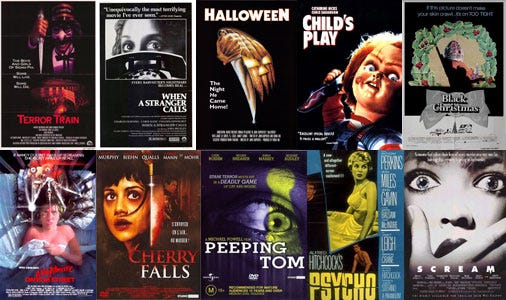
Before we continue, I should clarify: I brand myself ‘Berry Burst Books’, so why am I discussing films? Well, first of all, being a horror fan is impossible without a love of the movies. But this goes deeper than that. The answer to the question I am posing here – where did the slasher film originate? – actually lies in literature, rather than the screen. Or so I am arguing. You may disagree, and I look forward to the discussions that are to follow.
Now, as you may (or may not) know, I actually only moonlight as a horror author, it is merely the ‘dark half’ to my daylight role as a history and politics teacher. However, the reason this post has come about is a combination of both the Jekyll and the Hyde of my life: I love horror, and I find history fascinating, I simply cannot become interested in something without fully understanding it and tracing its roots.
So, many years ago, when I first became part of the online ‘horror family’ on social media platforms such as Instagram and Twitter, I set out to find what people believed the first slasher film actually was.
Personally, I’d always considered it to be John Carpenter’s ‘Halloween’ in my youth, until I discovered that ‘The Texas Chain Saw Massacre’ actually pre-dated it by a good few years… and then, of course, I found the slasher blueprint could actually be seen in Alfred Hitchcock’s ‘Psycho’, dating all the way back to the black-and-white days of 1960. So I was interested to hear people’s thoughts: was ‘Halloween’ responsible for the slasher genre, or could ‘Psycho’ actually be classified under this bracket?
We are on the hunt for an origin story here, which you think would narrow the search, but actually I am going to discuss material spanning decades, because depending on your perspective, the answer could lie as early as 1939 or as late as 1980 (many of you connoisseurs will probably now know where I am going with those dates).
When I first threw this question out into the void of social media, many voices shouted back. Most disregarded ‘Psycho’, saying that although it undoubtedly influenced many slasher films (and produced its own string of sequels that certainly went down that road), it was not an out-and-out slasher. Fair enough.
Instead, many pointed to 1974 as a key year, with the release of the instantly-recognisable classic Tobe Hooper’s ‘The Texas Chain Saw Massacre’. However, people also drew my attention to ‘Black Christmas’, released at roughly the same time, which I had never seen before. When I did watch it, I could see straight away where John Carpenter must have drawn inspiration for ‘Halloween’ which, subsequently, many people did argue was the first slasher film (as I had long believed).
But, some people, likely slasher purists, actually argued that 1980’s ‘Friday the 13th’ was the first actual ‘slasher’ film, in which kills were the main focus rather than anything else. As shocked as I was that someone would argue the slasher genre did not start until as late as 1980, I think the argument does hold weight: Psycho is more of a psychological thriller, with only a handful of kills, Black Christmas, Texas Chain Saw and Halloween are very focused on the characters and an eerie atmosphere rather than kills and gore (the latter two famously featuring very little of the red stuff on screen).
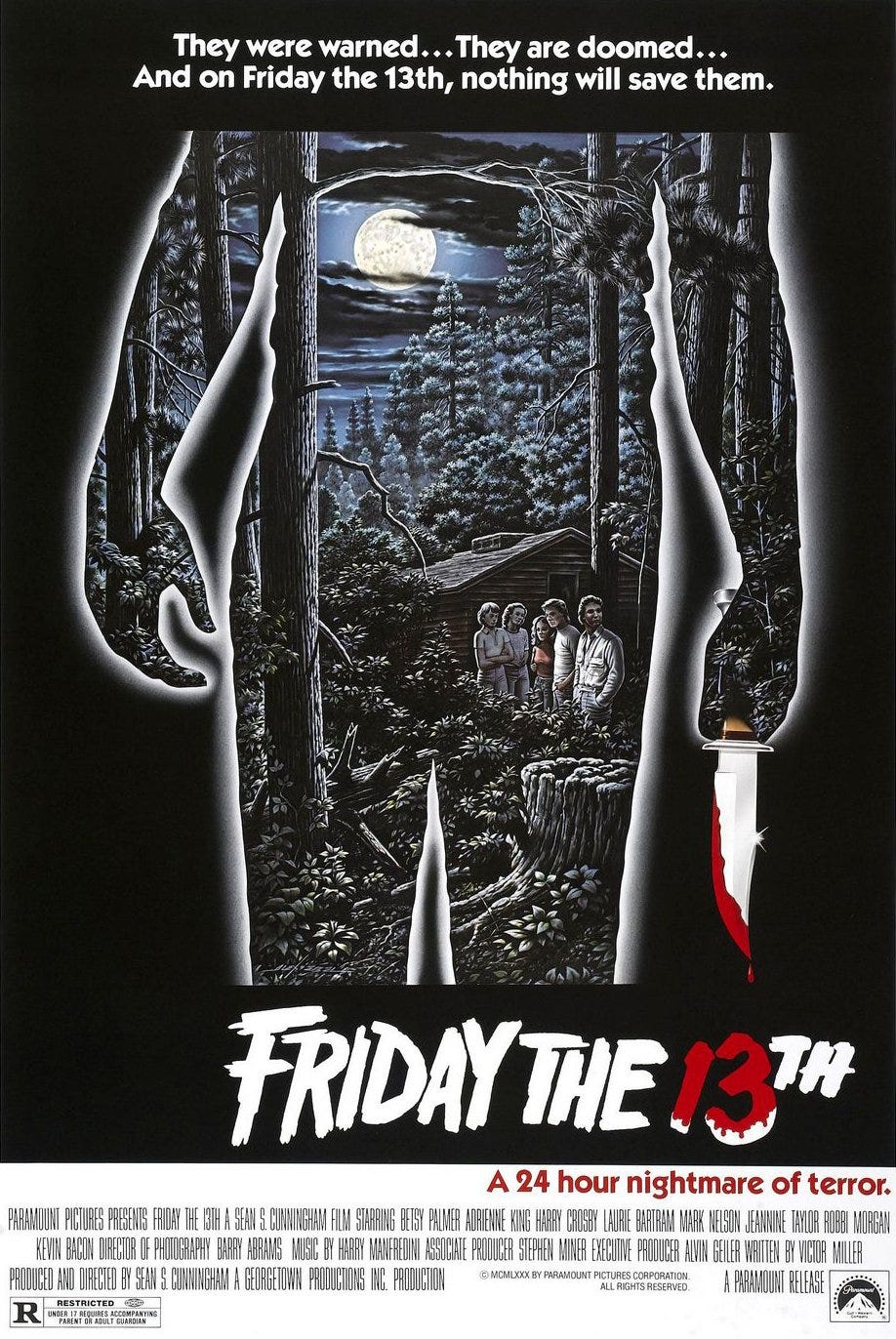
So, sure, Friday the 13th actually makes a lot of sense. It is the culmination of decades’ worth of inspiration: the mystery of the killer (Psycho/Black Christmas), the claustrophobic feeling of the setting (Texas Chain Saw), the characters seemingly being targeted and punished for their teenage vices, with a ‘final girl’ (Halloween); and a focus being brought purely to the murders and how they unfold (indeed, many slasher films today are not highly rated at all, but a bunch of ‘good’ and artsy kill scenes can be enough to rescue a trashy slasher for an average horror fan). Dozens of cliches and tropes brought together in a single film to kick off the slasher fest that was the 1980s.
If we are to consider Friday the 13th to be the first slasher film in the purest sense of the sub-genre (for the record: I don’t, but can see why one would), that is fine. However, the origins were in place beforehand, as I have outlined in the previous paragraph.
One suggestion, though, truly blew my mind. Although the question I had asked was about the first slasher film, someone argued that the true origin of slashers could be found in a mystery novel from 1939 which features a group of people in an isolated setting, being picked off one after the other by an unseen killer in different ways.
If I had started this post with that description, and misled you to believe I was talking of a film, you could probably name me dozens upon dozens of slasher films which fit that bill, but here I am of course referring to Agatha Christie’s ‘And Then There Were None’.
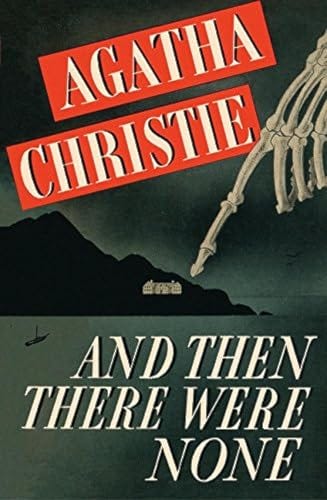
When I read the novel as part of my research to discover the origins of the slasher film, I was struck by just how many tropes of the genre could be found within. The novel is timeless for many reasons, read and revered across the world in many different languages, but its impact on the horror genre – including slashers – is undeniable.
An isolated setting just like in ‘The Texas Chain Saw Massacre’, the slow, methodical elimination of victim after victim (many of them put on display) just as in ‘Halloween’, the ‘whodunit’ angle of the whole affair as seen in ‘Scream’; and, if you want to venture beyond the slasher genre, you only have to look as far as the Saw franchise to see the influence of the killer in ‘And Then There Were None’ on the creation of John Kramer – AKA Jigsaw himself.
Now, I did not write this post to simply shout these things as though I have solved a great mystery and expect you all to listen. I posted this to get more people actively involved in what it is I do. So, think of this post as more of a suggestion than me just shouting into the void.
My suggestion here is that this examination of the origin of slasher films will eventually grow into something much larger: a look at how the horror genre – with a particular focus on slashers – has evolved over the years from the initial slasher explosion in the 1980s – before that became something people seemed to become immune to – to producers having to switch focus to more supernatural elements of horror to scare audiences (including a combination of both sub-genres as seen with Wes Craven’s ‘A Nightmare on Elm Street’).
My questions for you, my fellow connoisseurs, are as follows:
- What should this study become? Simply a lengthy blog post or could it stretch to a whole non-fiction book examining the horror genre and slasher films?
- Where do you believe slashers originated? With a book, film, or something else?
- What do you believe the first slasher film to be? There is no shortage of choices, but a debate to be had about which one started it all.
I look forward to hearing from you, my faithful congregation, and building upon this interesting examination of the origin of slashers together.
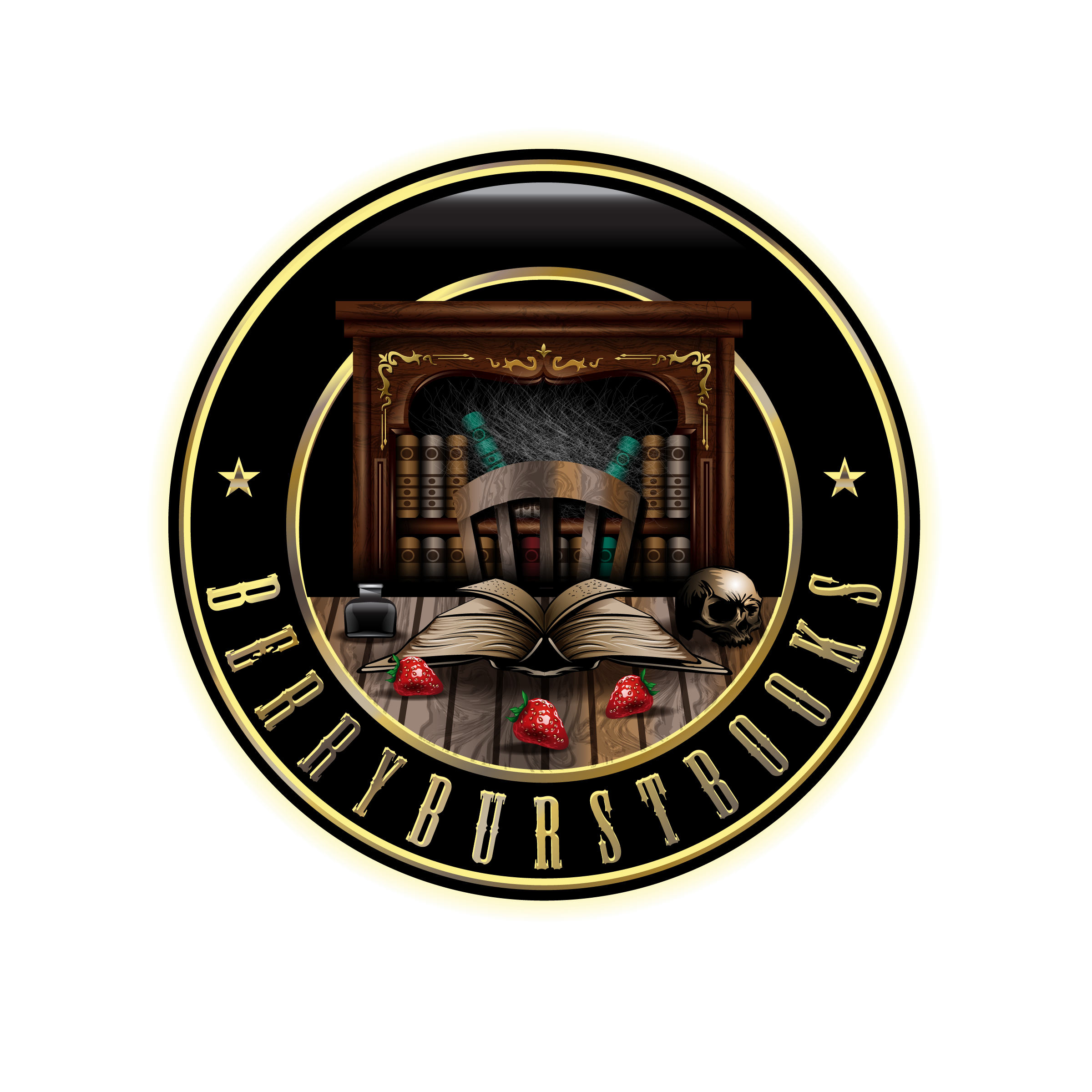
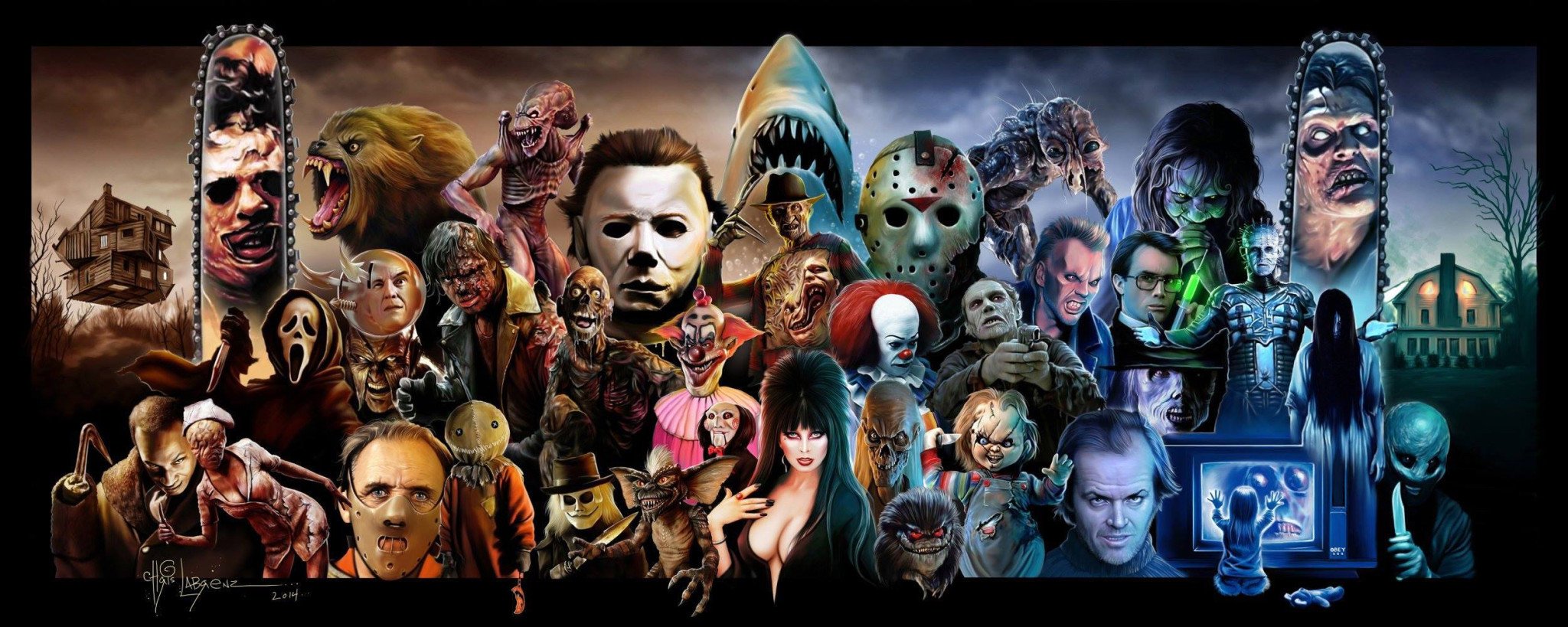
Be First to Comment